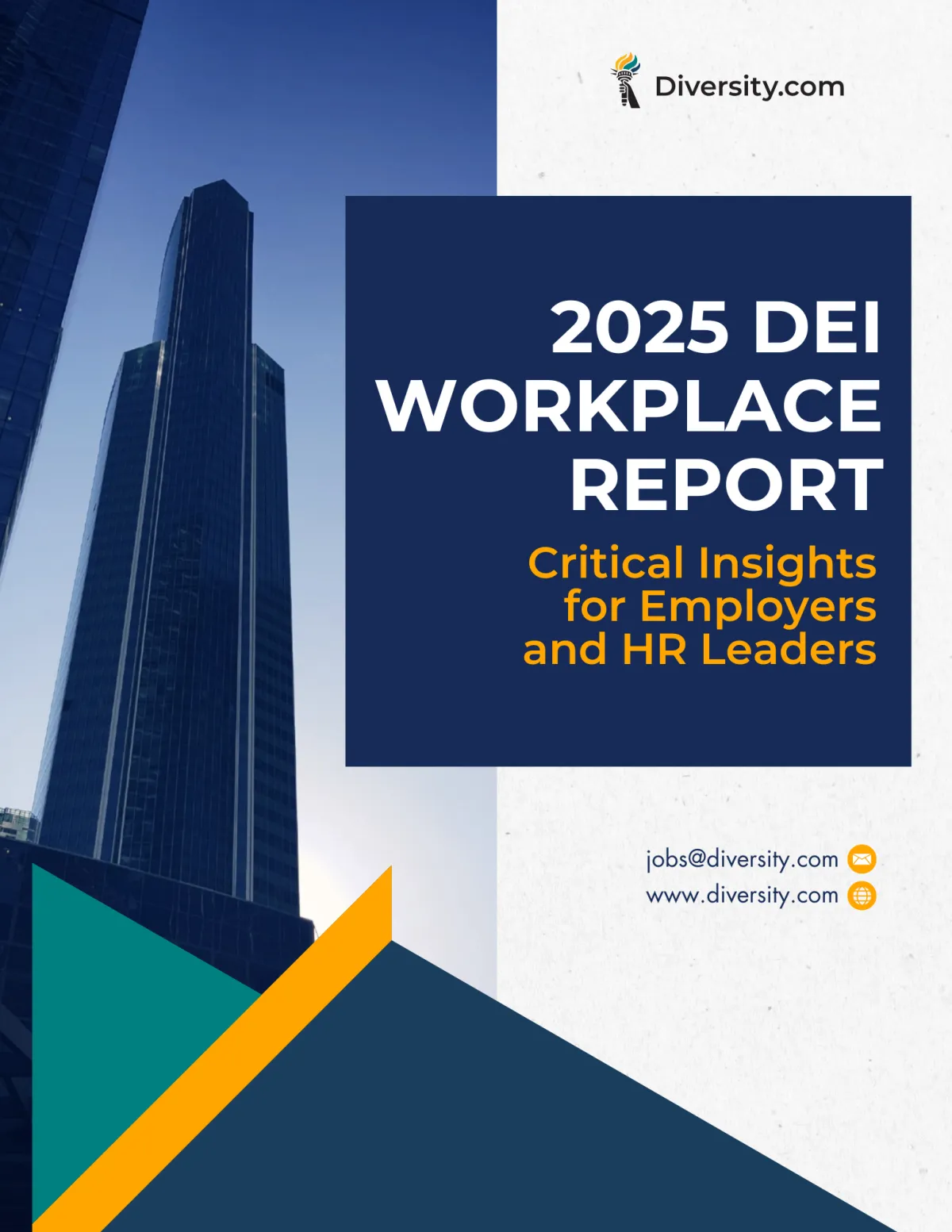
Addressing Ageism: Valuing Experience in the Modern Workplace
Ageism is one of the last widely accepted biases in today’s workplace.
It costs organizations more than they realize. Despite the push for inclusive hiring, age diversity is often excluded from DEI strategies.
Older professionals face stereotypes, assumptions, and structural barriers that prevent them from fully participating in or advancing through the workforce.
And yet, they bring experience, resilience, and institutional wisdom that younger generations often haven’t had the time to develop.
Inclusion applies across the lifespan.
As workforce demographics shift, companies must recognize ageism as a legitimate equity issue and address it with the same urgency as race, gender, and disability inclusion.
Understanding Ageism at Work
The World Health Organization defines ageism as the stereotyping, prejudice, and discrimination against individuals based on their age.
In the workplace, this shows up in hiring practices, biased performance evaluations, assumptions about tech adaptability, and exclusion from training or promotion opportunities.
According to AARP, nearly two in three workers aged 50 and older have seen or experienced age discrimination at work (AARP, 2023).
This isn't just about hurt feelings—it's about economic security, talent retention, and organizational blind spots.
Myths About Older Workers (and the Truth)
Myth: They resist change or struggle with technology.
Truth: Older professionals are highly adaptable when given training and support. Many were the early adopters of tools that younger workers take for granted today.Myth: They’re too close to retirement to invest in.
Truth: People are working longer than ever, often out of both choice and necessity. Hiring an experienced worker can lead to long-term retention, not short-term turnover.Myth: They’re not innovative.
Truth: Innovation doesn’t belong to one age group. Creativity grows from perspective, and experience is one of its richest sources.
Why Age Inclusion Benefits Everyone
When older professionals thrive, workplaces benefit. Multigenerational teams bring diversity of thought, mentorship opportunities, and knowledge transfer that’s vital for sustainable success.
Age-diverse teams can improve team performance, reduce turnover, and boost morale across the board.
According to research by the OECD, age-diverse firms tend to have higher productivity—especially when roles are aligned with each worker’s strengths (OECD, 2020).
Integrating age inclusion into DEI strategy creates a more stable, skilled, and future-ready workforce.
Strategies to Combat Ageism in the Workplace
Audit for Age Bias: Review job descriptions, interview questions, and internal communications for language that may unintentionally exclude older applicants.
Train for Awareness: Include age-related bias in DEI and unconscious bias training. Ageism is often normalized. Education is the first step toward change.
Champion Intergenerational Collaboration: Build mentorship programs that pair older and younger employees both ways. Reverse mentoring can be powerful.
Ensure Access to Growth Opportunities: Provide reskilling, leadership training, and promotion pathways for employees of all ages.
Make Age Inclusion Visible: Include older professionals in marketing materials, speaker panels, ERGs, and leadership showcases.
Final Thoughts
Organizations that prioritize age inclusion gain more than just a broader talent pool. They gain institutional knowledge, diverse insight, and a culture that values contribution across the lifespan.
Every employee, regardless of age, deserves a workplace that sees both their past accomplishments and their future potential.
How Diversity.com Helps You Build an Inclusive Future
At Diversity.com, we connect forward-thinking employers and job seekers who are committed to inclusion, equity, and meaningful change.
Whether you're refining your DEI strategy, searching for inclusive job opportunities, or staying ahead of policy shifts, we provide the tools and insights you need to lead with purpose.
For Employers & HR Leaders:
✔ Create a free employer account — Post open roles and hire with intention. Choose from flexible options: single listings, job credit packs, or subscription plans.
✔ Access a diverse talent network — Find professionals from underrepresented groups who bring innovation and perspective.
✔ Stay ahead with DEI insights — Explore timely articles, hiring best practices, and workplace inclusion trends.
For Job Seekers:
✔ Search jobs with inclusive employers — Discover roles in workplaces that prioritize equity, belonging, and authenticity.
✔ Create a free job seeker account — Apply for positions aligned with your values and skills.
✔ Learn more about workplace inclusion — Read tips, research, and real stories to navigate your career journey.
We’re here for job seekers who want to be seen and employers ready to see more clearly.
Start building with Diversity.com
If you have any questions or need assistance, feel free to Contact Us Here. Our dedicated support team is ready to help!
Related Articles
Understanding Privilege Without Guilt: What It Means for Equity in the Workplace
Neurodiversity in the Workplace: Supporting Neurodivergent Employees and Inclusive Hiring Practices
First-Gen Professionals and the Workplace: Resilience, Barriers, and Equity in Action
The Intersection of Socioeconomic Status and Career Advancement
Mental Health and DEI: Why Inclusive Workplaces Must Prioritize Well-Being
Invisible Disabilities in the Workplace: How Inclusive Employers Can Provide Real Support
Single Parents in the Workforce: Addressing Caregiving Bias in Inclusive Workplaces
Women and DEI: Advancing Gender Equity and Building Inclusive Workplaces
Veteran Hiring and Military Spouse Inclusion: Building Equitable Civilian Workplaces
Career Transitions and DEI: How Inclusive Workplaces Enable Mid-Career Reinvention
Cultural Competence in DEI: Building Inclusive, Globally Aware Workplaces
2025 Shareholder Votes Reject Anti-DEI Proposals at Levi’s, Goldman Sachs, and More
Sources & References:
AARP. (2023). The Value of Experience: AARP Multicultural Work & Jobs Study. https://www.aarp.org/research/topics/economics/info-2023/work-jobs-study.html
OECD. (2020). Promoting an Age-Inclusive Workforce: Living, Learning and Earning Longer. https://www.oecd.org/employment/promoting-an-age-inclusive-workforce.htm

